MSI and Guru3d has released a new version of MSI Afterburner version 4.6.0 which adds support for Nvidia Geforce RTX series cards. MSI Afterburner is a GPU overclocking utility developed by Guru3d and RivaTuner team. While the new release is a beta release, bugs may be present and it is still recommended that users continue using the stable version.
With the latest GeForce RTX 2080 series cards being released, we’re seeing more and more overclocking utilities emerge such as EVGA’s Precision X1 which is also still in beta version. As time progresses and software matures, official non-beta releases will be released but no word on when just yet.
MSI Afterburner v4.6.0 beta 9 (build 13319) Release Notes:
- Added NVIDIA Turing GPU architecture support:
- Added voltage control for reference design NVIDIA GeForce RTX 20×0 series graphics cards
- Advanced GPU Boost control for NVIDIA GeForce RTX 20×0 series graphics cards. Extended voltage/frequency curve editor on GeForce RTX 20×0 family graphics cards allows you to tune additional piecewise power/frequency floor and temperature/frequency floor curves. Control points on those new curves allow you to control GPU Boost power and thermal throttling algorithms more precisely than traditional power limit and thermal limit sliders
- Hardware abstraction layer has been revamped to provide support for multiple independent fans per GPU due to introducing dual fan design on reference design NVIDIA GeForce RTX 20×0 series graphics cards and due to introducing native dual fan control in NVAPI. Both fans of NVIDIA GeForce RTX 20×0 can be monitored independently in hardware monitoring module now and can be controlled synchronically in manual mode
- Added NVIDIA Scanner technology support
- Improved hardware monitoring module:
- Added thermal offset for CPU temperature monitoring on AMD Ryzen 7 2700X processors
- “Pagefile usage” graph in hardware monitoring module has been renamed to “Commit charge”
- Improved hardware control shared memory interface. During the past years, external applications like MSI Remote Server were using this interface for tuning GPU hardware settings remotely from external applications. The improvements are intended to allow connecting external stress testing and automatic overclocking related applications to MSI Afterburner via this interface:
- Now voltage/frequency curve on NVIDIA Pascal and newer NVIDIA GPU architectures is accessible via hardware control shared memory interface
- New hardware control shared memory interface command allows MSI Afterburner to load hardware settings from external application without immediately applying new settings to GPU
- Added notification message, allowing external applications to notify MSI Afterburner about new command written to hardware control shared memory. Without the notification, MSI Afterburner is executing external commands on each hardware polling iteration like before. Please refer to SDK and MACMSharedMemorySample source code to see notification message usage example
- Added hardware identification info to GPU entries in hardware control shared memory. Hardware identification info allows external applications to reconcile own enumerated devices with logical GPUs enumerated by MSI Afterburner
- Now hardware control shared memory is refreshed on delayed fan speed readback events
- New bundled MSI Overclocking Scanner application in now included in MSI Afterburner distributive:
- MSI Overclocking Scanner is currently supported on NVIDIA RTX 20×0 series graphics cards under 64-bit operating systems only. On such systems you may activate the scanner directly from voltage/frequency curve editor window
- MSI Overclocking Scanner is powered by NVIDIA Scanner technology, which is using proprietary algorithms to quickly and reliably test manually overclocked GPU stability or find the maximum stable GPU overclocking in automatic mode with a single click. The scanner is using embedded NVIDIA test load to stress GPU. The scanner provides you two functional modes:
- In test mode MSI Overclocking Scanner is stress-testing your manual GPU overclocking settings during approximately 5 minutes. The result is returned as GPU stability confidence level (0% – unstable, 100% – stable
- In scan mode MSI Overclocking Scanner is stress-testing and slowly increasing clocks on voltage/frequency curve points and this way automatically detecting the maximum stable GPU overclocking. The result is returned as modified voltage/frequency curve and average GPU overclocking in MHz
- Hardcoded voltage/frequency curve clock multiplier implementation has been replaced with heuristic multiplier detection in order to provide unified voltage/frequency curve control implementation for NVIDIA Pascal and newer NVIDIA GPU architectures
- Improved realtime voltage/frequency curve editor GUI scaling. Now GUI is scaled property when adjusting skin scaling with open voltage/frequency curve editor window
- Added Monolithic Power Systems MP2888A voltage controllers support to provide compatibility with future custom design MSI graphics cards
- RivaTuner Statistics Server has been upgraded to v7.2.0
Source & Download
The latest version can be downloaded from the Guru3d website.

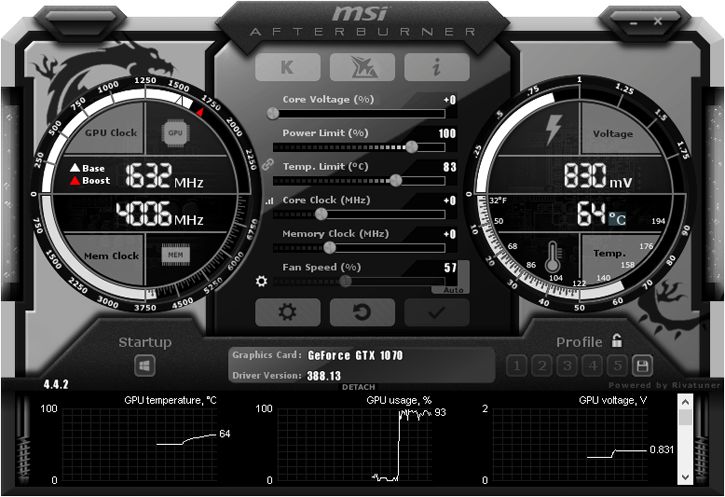


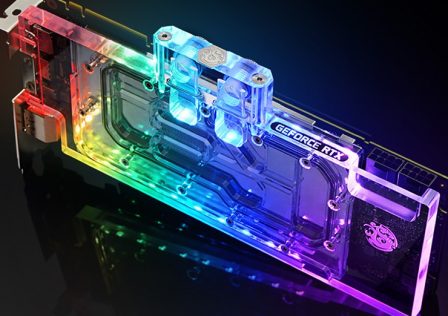
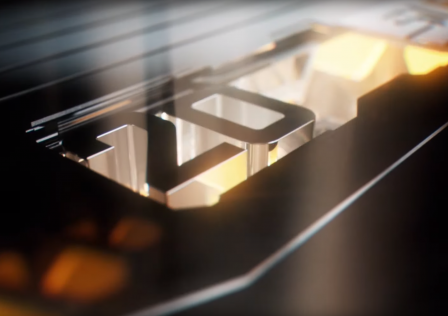

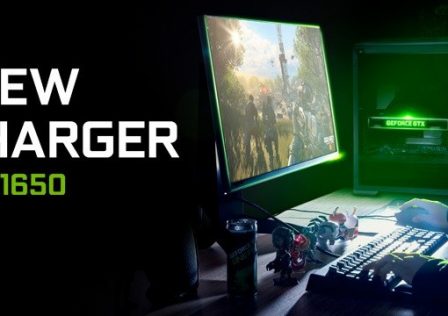
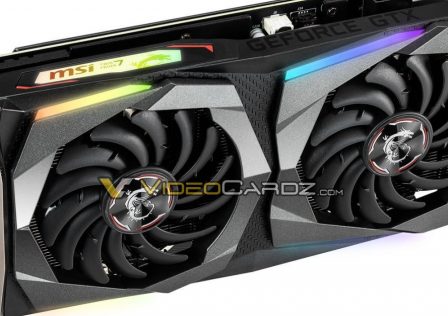
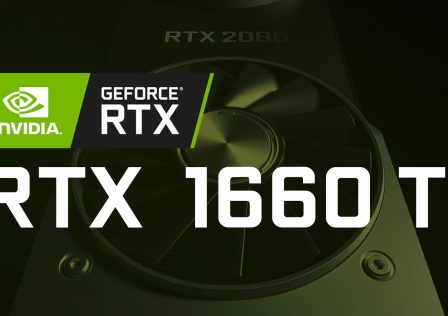
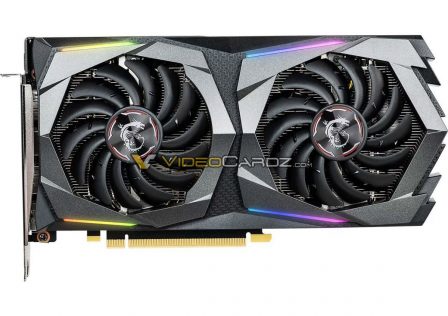


I saw “due to introducing native dual fan control in NVAPI.”, How do you get the fan speeds through NVAPI. getTach command in NVAPI is not supported for RTX. Could you give me a hint?
I saw “due to introducing native dual fan control in NVAPI.”, How do you get the fan speeds through NVAPI. getTach command in NVAPI is not supported for RTX. Could you give me a hint?